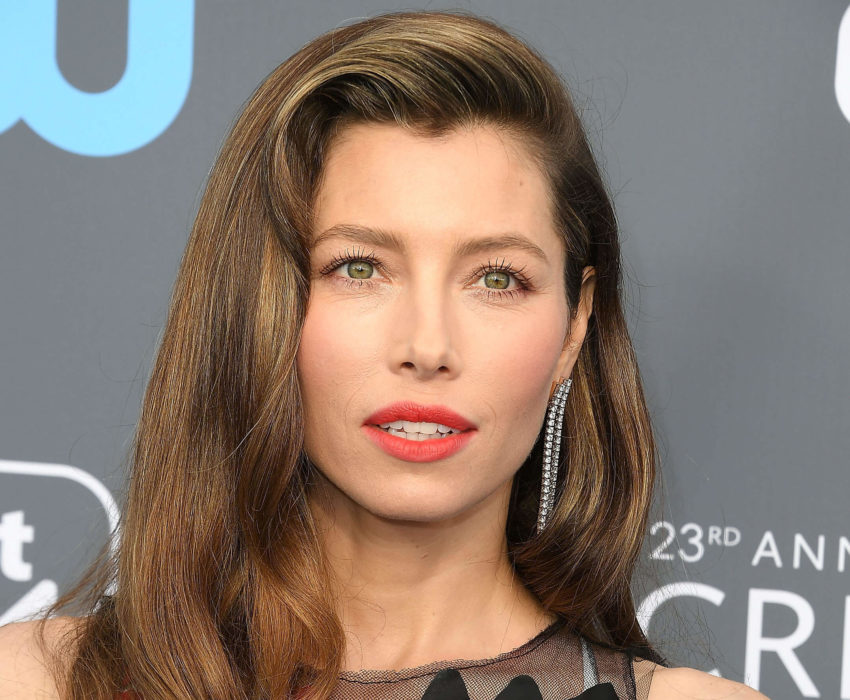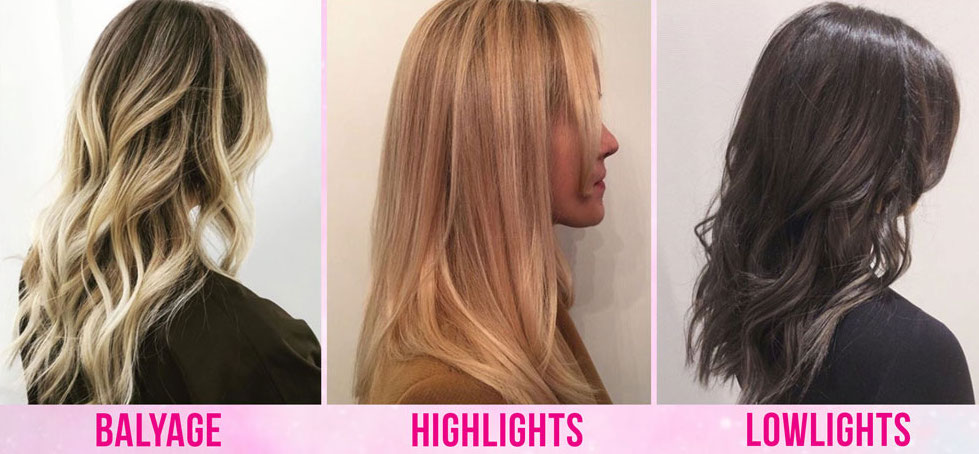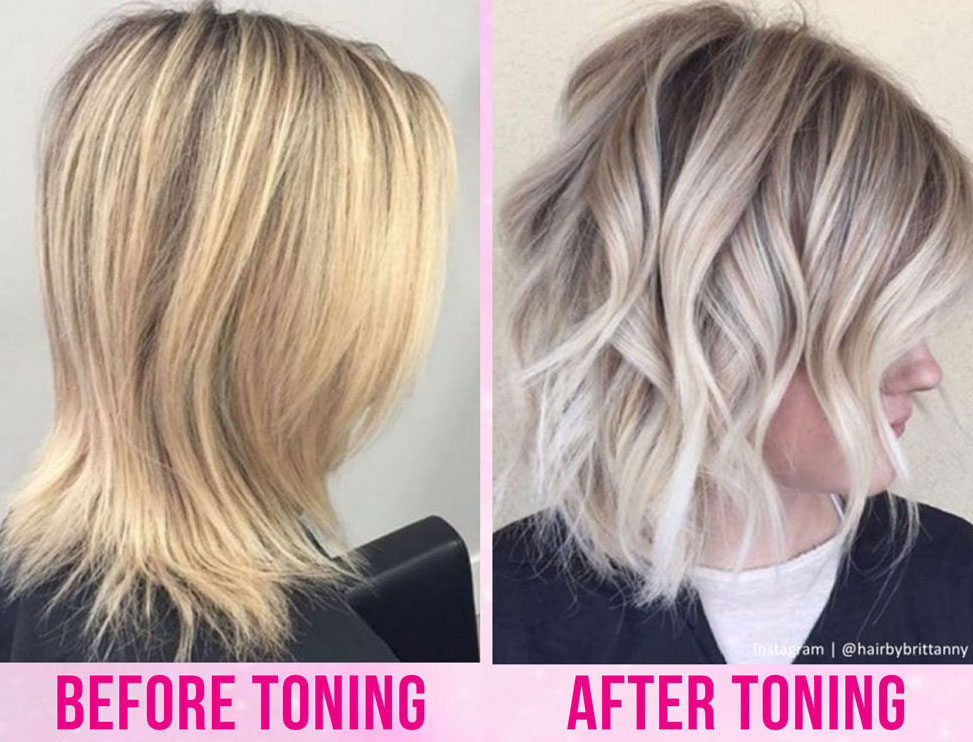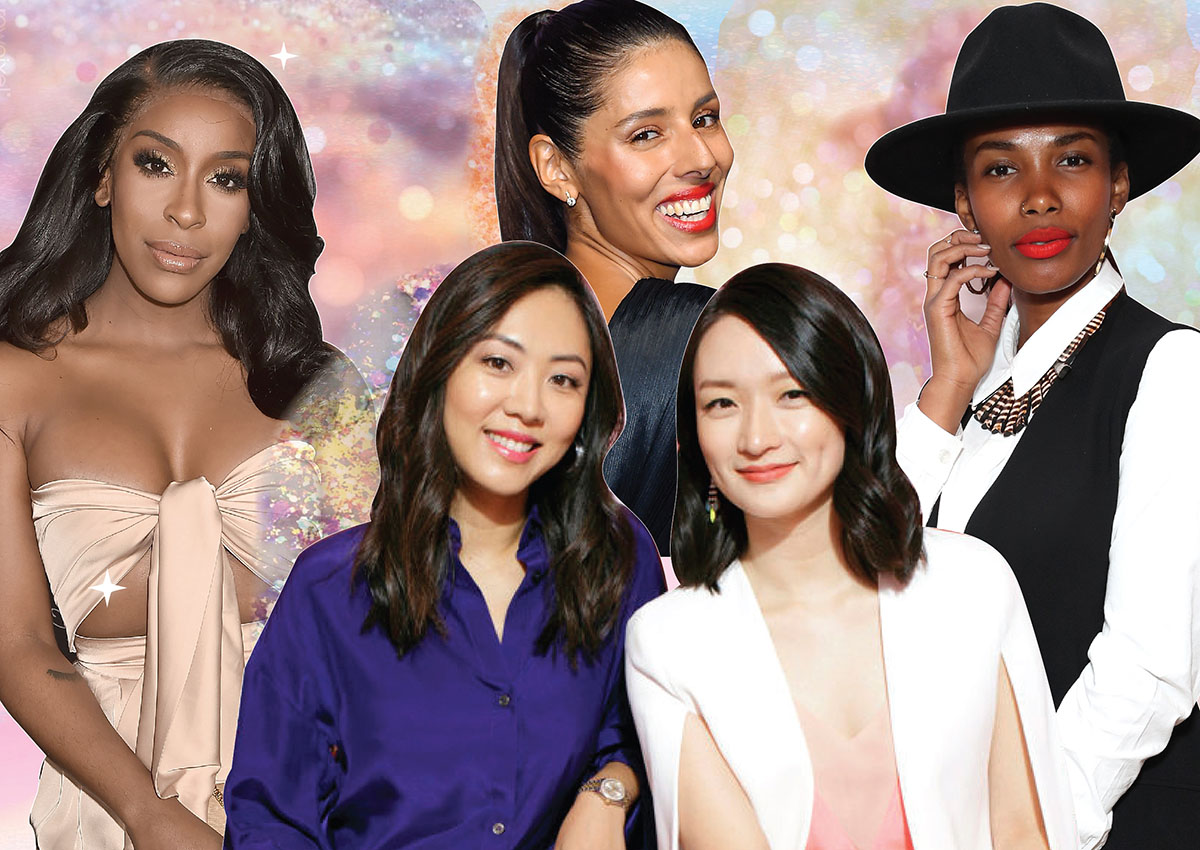Everything You Should Know BEFORE You Color Your Hair

Source: David Crotty/Patrick McMullan/Getty Images
Scrolling through Insta is literally a mood board of #hairgoals… The curls, the updos, the braids – ugh, we love it all! But the one thing that no hairdo looks good without is flawless color. And let’s be real, it’s not always the easiest thing to achieve and it can be super expensive to do properly! To give you the DL on everything you need to know before you color your hair, we spoke to British hair GOD, Daniel Galvin, who’s colored the locks of Princess Diana, Adele, and Madonna. If you’re taking a trip to the salon anytime soon, you need to know these coloring rules!
The secret to enhanced hair color:
Prep is key! Color shows most effectively on hair that’s in good condition. Getting shine and glossiness on colored hair that’s over-styled and damaged is near impossible, so invest in high-quality products to prepare your hair at home. Use a deep conditioning hair mask twice a week, (like Masquintense from Kérastase) or a favorite natural DIY of mine is coconut oil.
DIY: Coconut is truly enriching and moisturizing and therefore the perfect natural solution for those with dry hair and scalps. For optimum results, I’d apply this to damp hair at night and then wash out with shampoo the following morning.
Maintain your hair: Try to get regular trims and avoid using excessive styling with heat, which damages the hair cuticle. If you rely on straighteners or hairdryers daily, prep your hair with a heat protectant, like the Daniel Galvin Heat Protect and Style spray.

Source: Rabbani and Solimene Photography/Getty Images
How to make your color last longer:
It’s true, excessive washing and styling speed up color fade, and so does spending time in the sun! To increase the longevity of your color, choose sulfate-free products, as sulfates tend to strip color from treated hair. Professional products contain higher amounts of active ingredients to improve the quality of the hair and therefore retain color more effectively. For example, the Daniel Galvin Love Your Highlights range is entirely chemical-free and packed with potent conditioning ingredients to nourish and protect highlighted hair.
Top tip: To prevent further weakening of colored hair, avoid using heat wherever possible. Instead of reaching for the curling tongs you could braid the hair, then brush it out and use salt-spray to mimic loose beach waves. (Check out how to get quick curls without heat here).
Balayage, highlights, and lowlights decoded:

Highlights: Anything lighter than your natural color
Lowlights: Anything darker than your natural color.
The difference between highlights, lowlights, and balayage: It’s all in the technique! Highlights and lowlights are contained in foil, whereas the balayage is painted directly onto the hair. For someone new to the world of color I’d always recommend balayage, as it retains a lot of the hair’s natural color at the root so you can try lighter looks with less commitment – it looks more natural and it’s easier to maintain.
Why toner is the secret to good color:
Toners are an essential part of the coloring process, especially for blondes. Unlike bleaching, which strips the hair of its color, toner uses pigments to alter the undertone of the color – a bit like color correcting for hair. They’re basically an essential in neutralizing brassy/ orange tones in bleached hair. For example, purple toner lifts orange tones to an ashier, more silvery shade of blonde.

Toners can also refresh faded mid-lengths and ends, but your hair color needs to be considered. Reds and copper tones are notorious for color fade, so you may find you need to refresh these more often, in which case I’d advise using a toner in between root applications. In contrast, I try to avoid using toners for highlighted blondes as too many applications can lead to hair that lacks luster and shine. If the right color formula is used a toner shouldn’t be necessary, although sometimes it’s unavoidable.
Why you should actually skin test:
We know, eye roll, but for anyone who is entirely new to color, it’s crucial to have a skin test done first – at least 48 hours before a color service. (You just need to read about how this woman got severe chemical burns to know how serious skin testing is!) It could potentially save you from many hair related horrors! If you’re a regular to coloring, even if you’re only opting for a very minimal shade change, you could react to the altered formula, so it’s always best to address this safely.
Check out our fav hack for keeping our roots looking fresh in between salon trips here.























Leave a comment